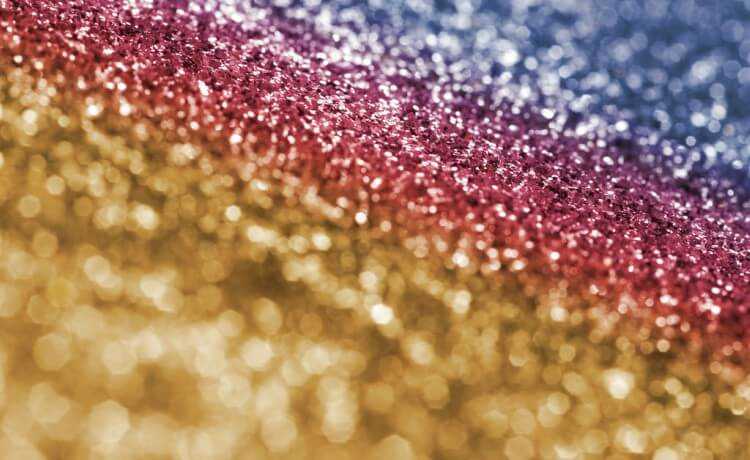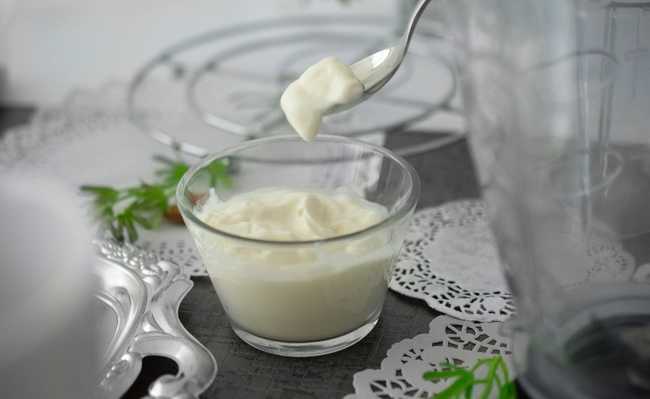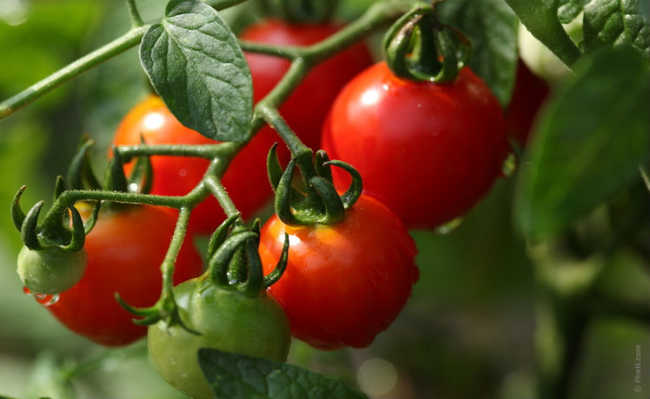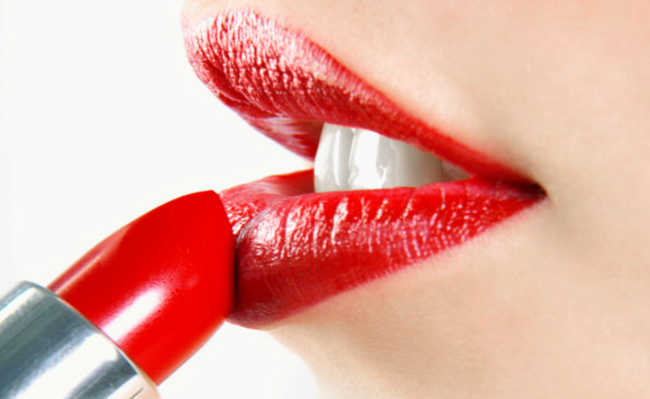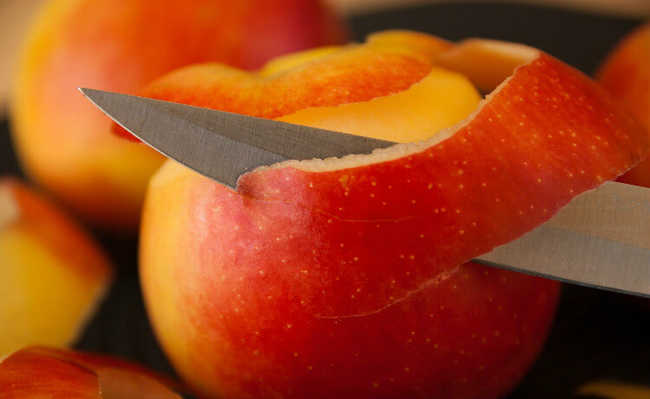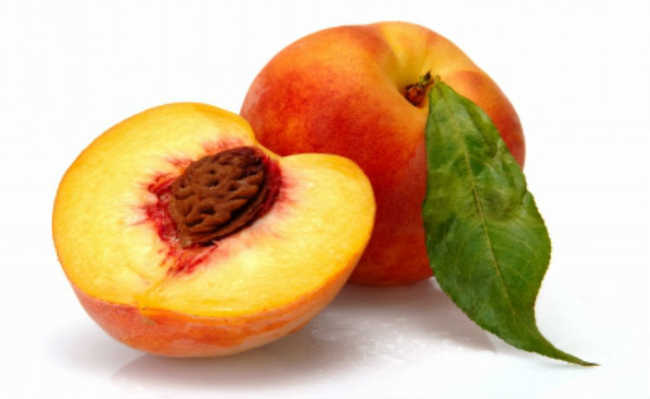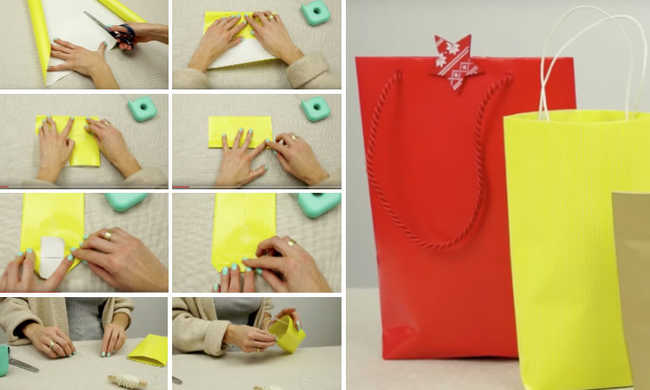Up in the air: nine items common in the home environment that can explode
From flour grains to cooking oil, there are items in your home that can be blown up

First of all, you can take it easy, as there's no reason to fuss. Many of the explosions listed below will not occur spontaneously. However, there are some household items that, under certain circumstances, can cause small explosions. Are you curious to know how to avoid them? Look at this list:
Food with "skins"
Foods such as potatoes and sausages, when placed in the oven, can explode. The "skin" helps to retain moisture inside, and as the food is heated, the pressure created suddenly breaks it open, simulating an explosion. One way to ensure that your dinner doesn't fly through the air is to pierce the sausages or potatoes before putting them in the oven.
Lamps
When turned on, for example, the incandescent lamp can get very hot. If it comes in contact with cold water, even if it is just a few drops, the change in temperature can cause the glass to shrink and fracture.
beer in freezer
Beer is made up of a lot of water. According to physics, water increases in volume when frozen, a phenomenon known as anomalous water expansion; this causes the water present in the beer to not withstand the internal pressure of its container (be it a glass bottle or can) and to burst. Sometimes the beer has spent a long time in the freezer, you took a look and it didn't freeze, but when you touch it, it solidifies. Don't be scared or think you've developed superpowers. It was the heat from your hand that caused the molecules to react to the heat stimulus. If this surprised you, check out the nine surprising uses for beer.
Objects sealed at high altitudes
Brazil is not known for extreme altitudes, with the highest altitude municipality being Campos do Jordão (1600 m - Bogotá, Colombia, 2400 m; and the Swiss Alps 4800 m). Still, a bag of snacks, during a plane trip, can burst due to the pressure difference. Therefore, be careful when handling sealed products at high altitudes.
Flour
Flour has a lot of carbohydrates, that is, chained sugar molecules. When powdered, carbohydrates are flammable and, especially in the case of flour, which is processed into very fine grains, the fire spreads quickly. So remember that flour is a fire hazard, and please bake, don't make war.
This item (the flour) and the next are the most dangerous in the home environment, but nothing like a little precaution and awareness to prevent an incident.
hot oil and water
Oil and water don't mix, especially hot oil and water, which when put together can cause a small explosion in your home.
If you come across a small oil fire, never throw water. Turn off the stove and cover the pan, or add salt to the substance (never sugar, flour or milk). Check out the video below, in which a firefighter shows what to do in cases of an oil fire.
trees
They can explode during fires or when struck by lightning, as both events heat the water present in the wood, turning it into gas. Therefore, it is not safe to seek refuge under a tree in the presence of lightning in the sky.
Thermal shock
Placing hot liquid in a container with ice can cause the ice to explode, as the volume of ice is different from the volume of water, causing the ice to stress until a crack forms, which can even project chunks of ice, similarly to an explosion.
It is also important to be careful when handling hot dishes with cold water, which can also suffer thermal shock and explode.
Cola and Mint Soda
Many of you have seen videos of what happens when some mints do when they come in contact with cola soda. The explanation varies among experts, but science agrees that it is a physical phenomenon arising from the contact of the bullet with the carbonated drink, which causes a liquid explosion due to the rapid release of carbon dioxide.
Source: Networx

